[ENG-SPN] Forgotten Romanesque architecture of Madrid / Arquitectura Románica olvidada de Madrid
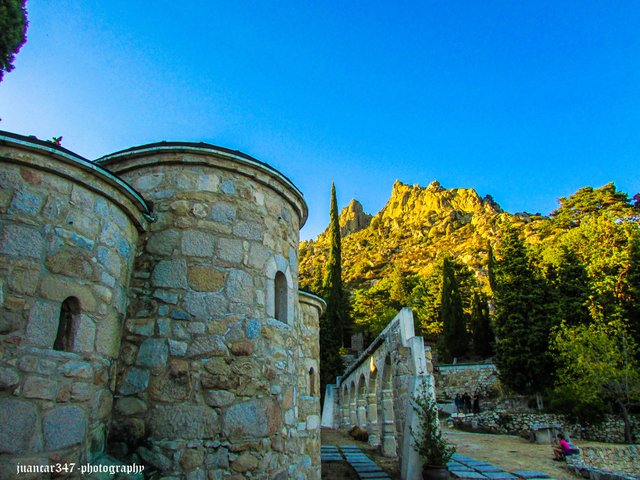
On the edge of that prominent geographical landmark, which, known by the name of Pico de la Miel and which serves as a natural cover for the town of La Cabrera, located in the so-called, correctly or not, Sierra de Madrid, the traveler, surprised, You can find the singular trace of an architecture, the Romanesque, which was irremediably replaced by other later styles, until it almost disappeared. It is, however, one of the oldest vestiges, taking into account that its origins date back to the 11th century, and is also located not far from where archaeologists have located interesting remains of the Celtiberian and even Visigothic population, which shed some light on light on part of the first settlers of the place: the convent of San Antonio.
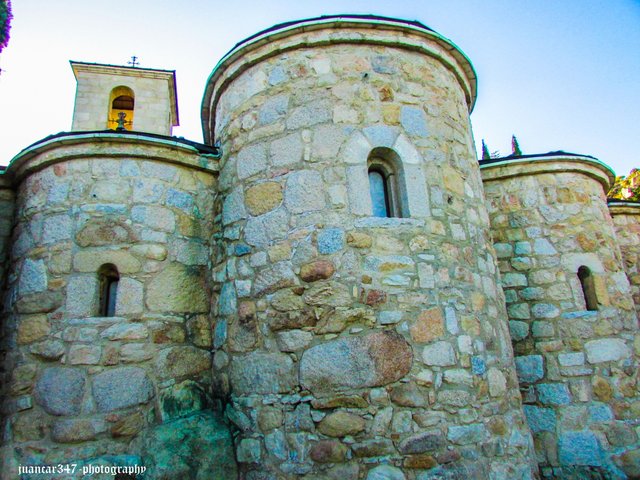
The floor plan of the church is provided with an apse or chancel, accompanied by two apsidioles, which, simulating the arm of a flowered cross, would correspond to the classic chapels of the Epistle and the Gospel, in their factory, made of stone and mortar, of a certain crude execution and completely lacking that complex sculpture that characterized temples of its kind in later times, but which, however, speaks of the humility of the place, ideal, from a purely spiritual point of view , to the development of a community of monks, completely dedicated to putting into practice the Cistercian maxim of Ora et Labora, that is, Pray and Work, surrounded by a spectacular environment, ideal, furthermore, not only for the adventure that it always entails hiking, but also for another type of more intimate adventure, but no less wonderful and unique: contemplation.
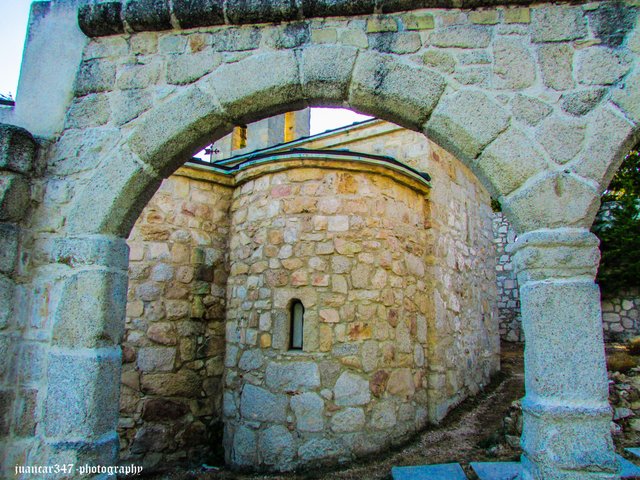
A la vera de ese prominente hito geográfico, que, conocido con el nombre de Pico de la Miel y que sirve de cobertura natural al pueblo de La Cabrera, situado en la denominada, acertadamente o no, Sierra de Madrid, el viajero, sorprendido, puede encontrar el singular rastro de una arquitectura, la Románica, que fue viéndose irremediablemente sustituida por otros estilos posteriores, hasta casi desaparecer. Se trata, no obstante, de uno de los vestigios más antiguos, teniendo en cuenta que sus orígenes se remontan al siglo XI, situado, además, no lejos de donde los arqueólogos han localizado interesantes restos de población celtíbera e incluso visigoda, que arrojan cierta luz sobre parte de los primeros pobladores del lugar: el convento de San Antonio.
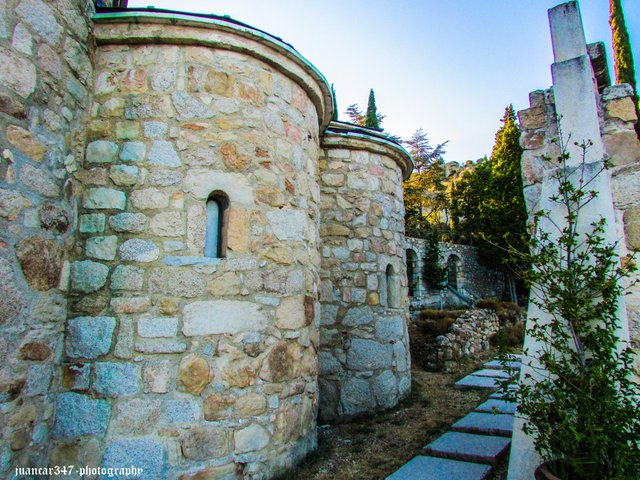
Provista, la planta de la iglesia, de un ábside o cabecera, al que acompañan dos absidiolos, que, simulando el brazo de una cruz florenzada, se corresponderían con las clásicas capillas de la Epístola y del Evangelio, en su fábrica, de piedra y mortero, de cierta tosca ejecución y carente por completo de esa compleja escultura que caracterizó a los templos de su género en épocas más tardías, pero, que, sin embargo, habla de la humildad del lugar, ideal, desde un punto de vista netamente espiritual, al desarrollo de una comunidad de monjes, dedicada por completo a poner en práctica la máxima cisterciense del Ora et Labora, es decir, del Reza y Trabaja, arropada por un entorno espectacular, ideal, además, no sólo para la aventura que supone siempre la práctica del senderismo, sino también para otro tipo de aventura más íntima, pero no menos maravillosa y singular: la contemplación.
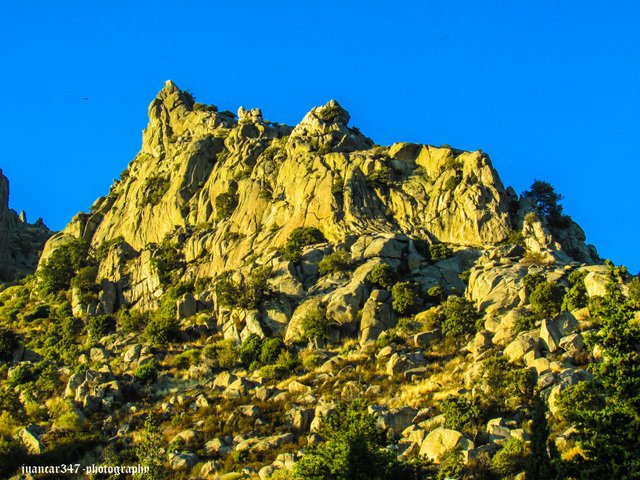
NOTICE: Both the text and the accompanying photographs are my exclusive intellectual property and are therefore subject to my Copyright.
AVISO: Tanto el texto, como las fotografías que lo acompañan, son de mi exclusiva propiedad intelectual y por lo tanto, están sujetos a mis Derechos de Autor.
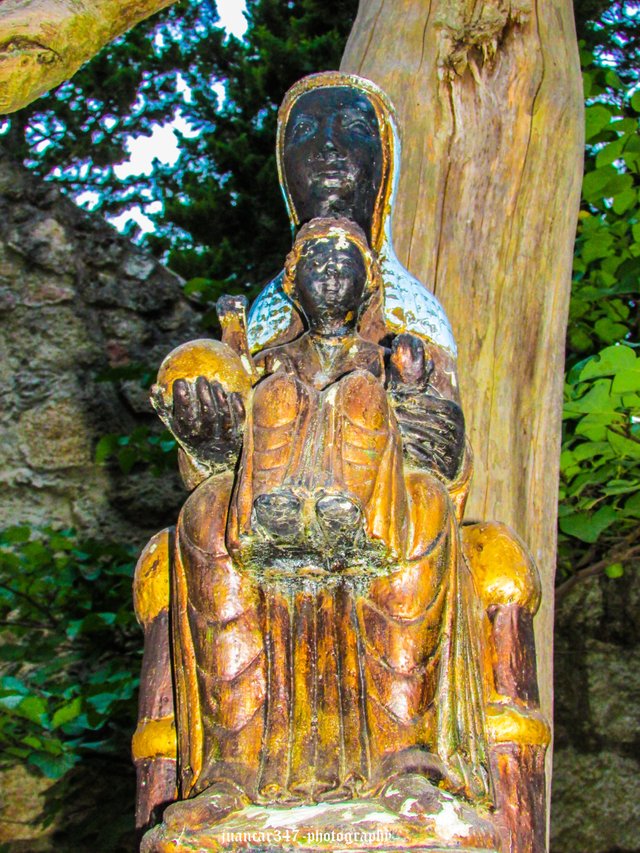
TEAM 1
Congratulations! This post has been upvoted through steemcurator04. We support quality posts, good comments anywhere, and any tags.